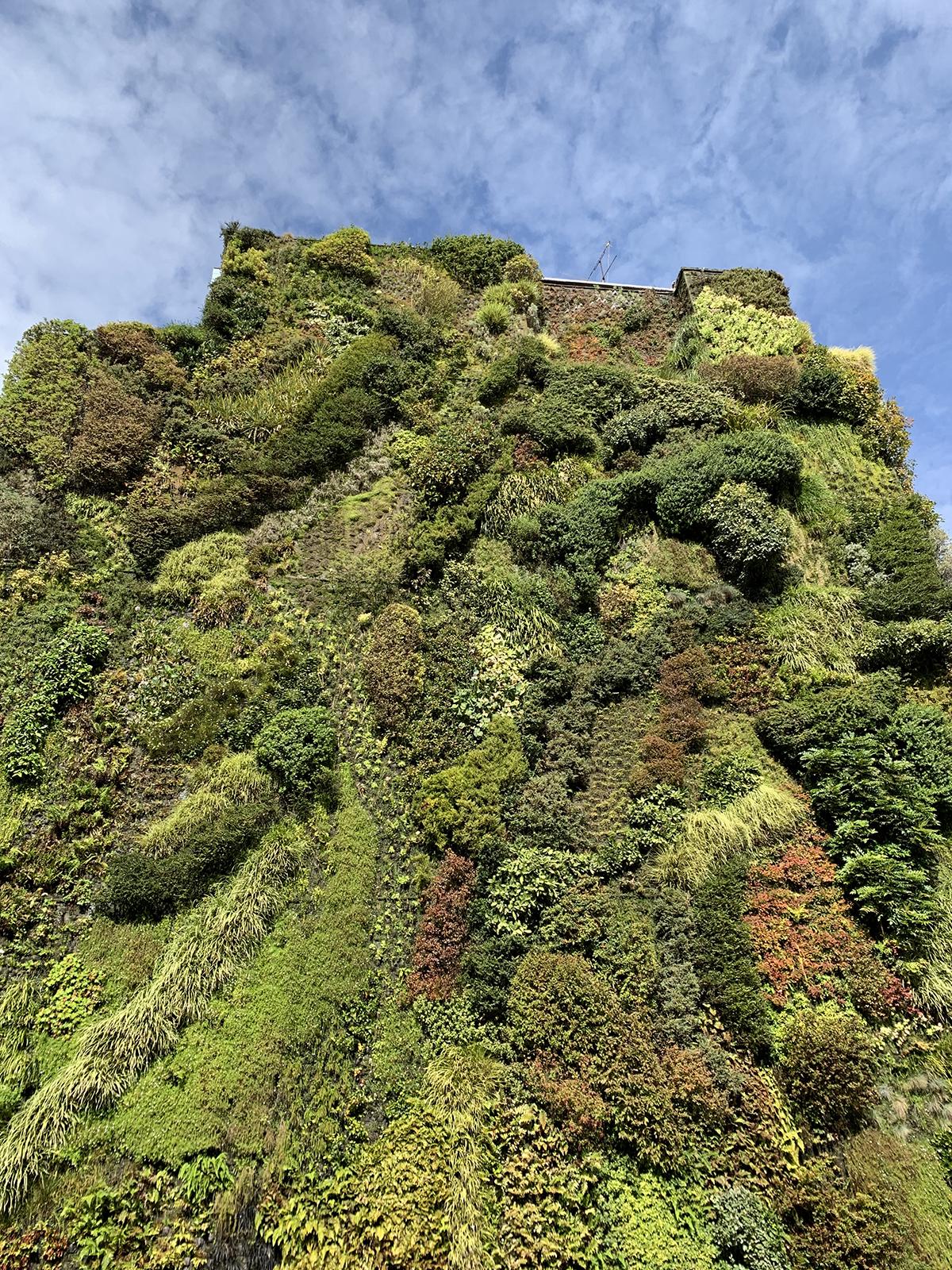3835 Campus Drive
Architecture Building (145 ARC)
College Park, MD 20742
United States
A lecture by:
Drs. Jie Yin and John Spengler
Harvard T. H. Chan School of Public Health
Biophilia hypothesis suggests humans have innate connections to nature which may affect their health and productivity. Yet we currently live in a world that is rapidly urbanizing with people spending most of their time indoors. Therefore, biophilic design, which incorporates natural elements into the indoor environment, has received increasing attention in both design and health fields. The objective of this study is to investigate the short-term health impacts of biophilic design in buildings. To achieve that, we developed a tool by combining virtual reality (VR), eye-tracking and wearable biomonitoring sensors. With that tool, we conducted multiple experiments with different study design to measure physiological and cognitive responses to different biophilic indoor environments.


